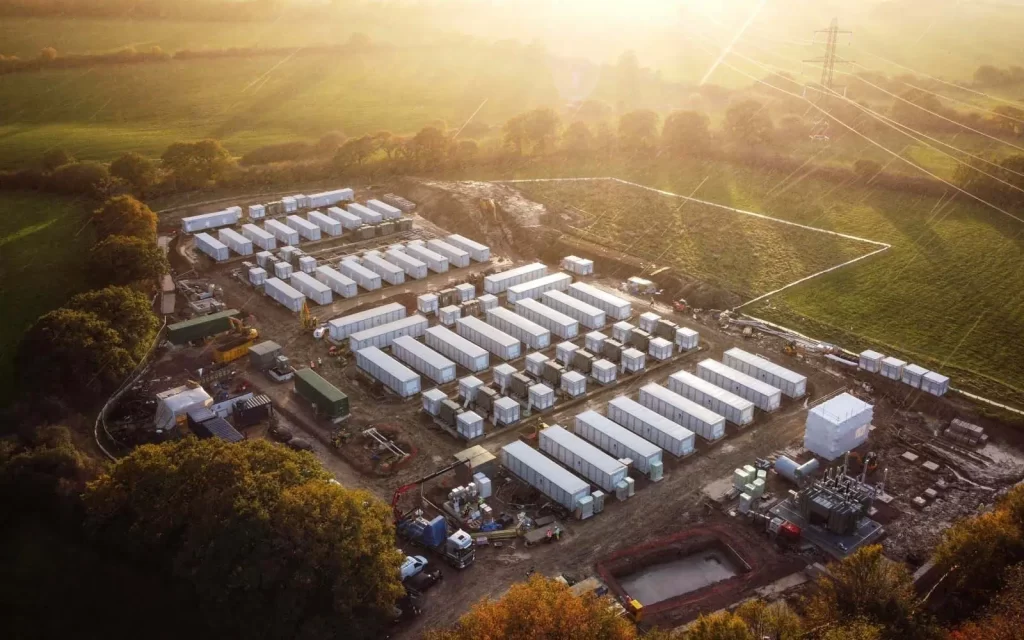The National Transmission & Despatch Company (NTDC) is Pakistan’s national transmission system operator, managing 500 kV and 220 kV power transmission networks. The company operates fourteen 500 kV and forty-three 220 kV grid stations, 5,893 km of 500 kV transmission lines, and 10,963 km of 220 kV transmission lines across Pakistan. In 1985, the SCADA system was introduced by establishing the National Power Control Center (NPCC) to control the 500 kV and 220 kV transmission system throughout the country via eight Regional Control Centers (RCCs).
Key Issues
With the rise of urbanization and industrialization, Lahore, the second-largest economic hub of Pakistan, needed ample electricity to meet growing demands. System planning indicated the need to upgrade the existing power transmission infrastructure of Southern Lahore. A 132 kV Grid Station at WAPDA Town Lahore, commissioned in 1985, was upgraded to a 220 kV level in 2010 with the commissioning of three 160 MVA Auto Transformers. The 220 kV switchyard was GIS. The power source was the 500 kV Grid Station New Lahore through a 220 kV transmission line, also connected to the 500 kV Grid Station Sheikhupura via a 220 kV transmission line. For 220 kV bays, a one and a half breaker scheme was used, and for 132 kV bays, double bus bar schemes were employed.
Solution
Through a competitive bidding process, EPENAM’s solution was accepted based on technical and commercial merits. The extensive scope included secondary engineering to panel
engineering, design, and manufacturing per NTDC standards derived from IEC, IEEE, JIS, and other international standards and best practices. The scope included design, schematics, cable schedules, and cable interconnection drawings for the interconnection of the complete GIS substation consisting of nine bays: three 220/132 kV and 160 MVA power transformer bays, four 220 kV line bays, and a bus coupler bay. EPENAM’s tasks included:
- Complete panel engineering
- Control schematics
- Wiring interface
- Point list
- CT/VT calculations
- Interface engineering
- Customer/Consultant management
EPENAM provided a General Electric (GE)-based protection solution, including D60 type distance protection with Alstom make P443 on backup, breaker failure protection using C60 relays, transformer differential protection using T60 relays, high impedance busbar protection using MIB relay, over-current and earth fault protection using MIF II relay, and event and fault recording using F35 relays. The primary engineering was performed by NTDC itself.
Conclusion
Amid the shortfall, power outages, public pressure, and economic impetus, EPENAM delivered the design, engineering, and manufacturing in record time, completing the project a couple of months before the deadline. The project solidified the power infrastructure of southern Lahore and relieved the network congestion of NTDC’s 500 kV and 220 kV systems.


